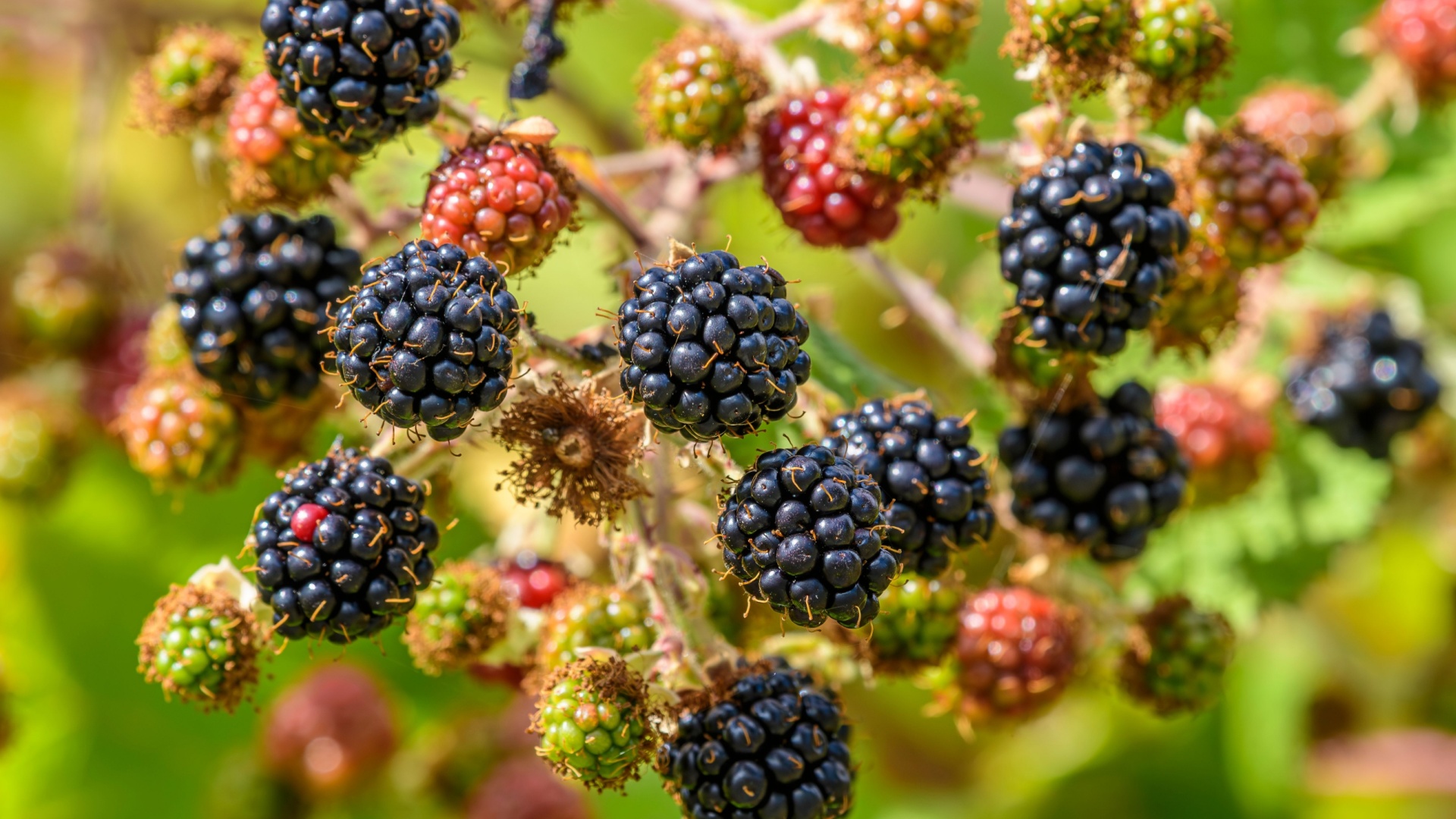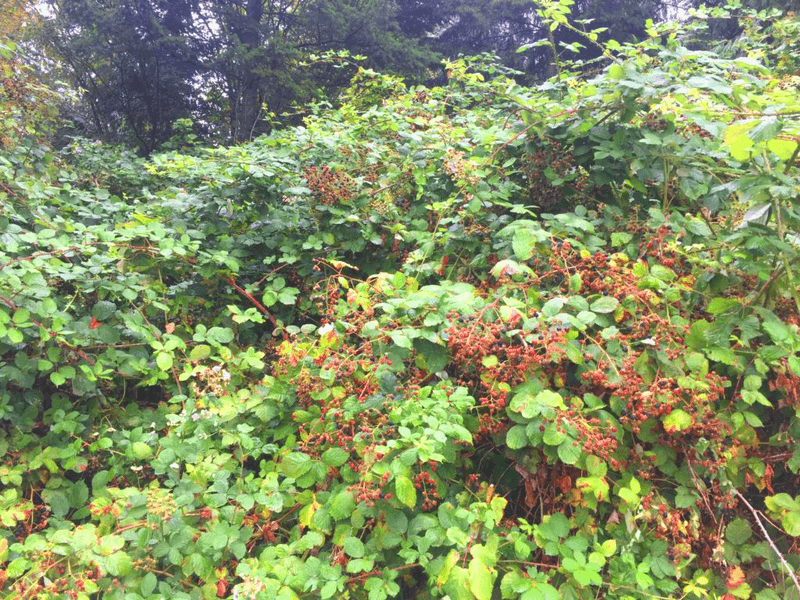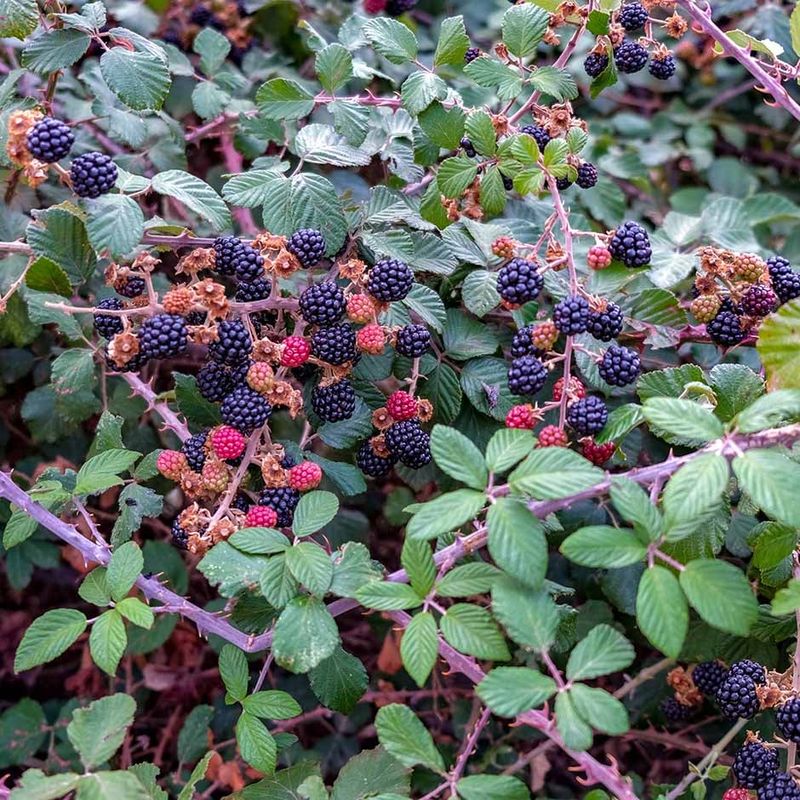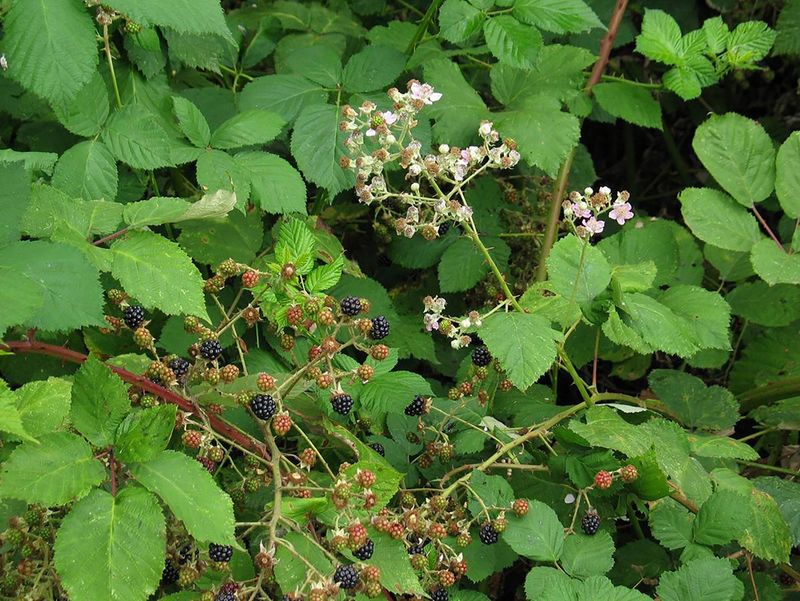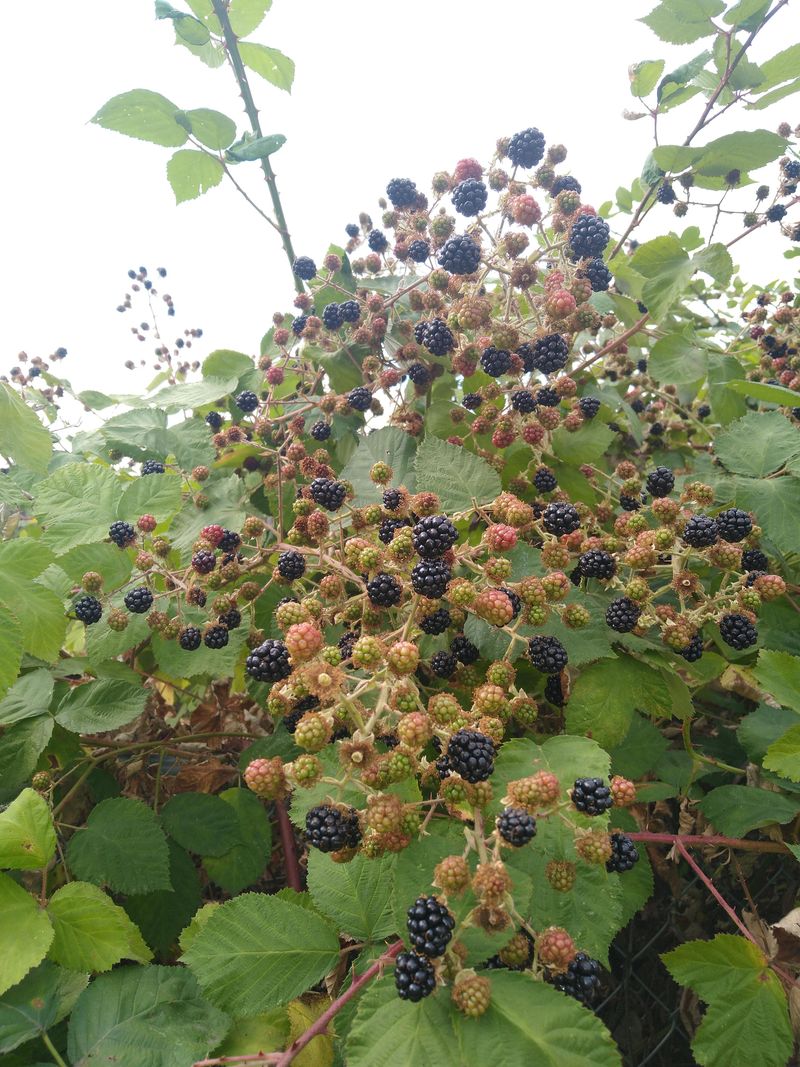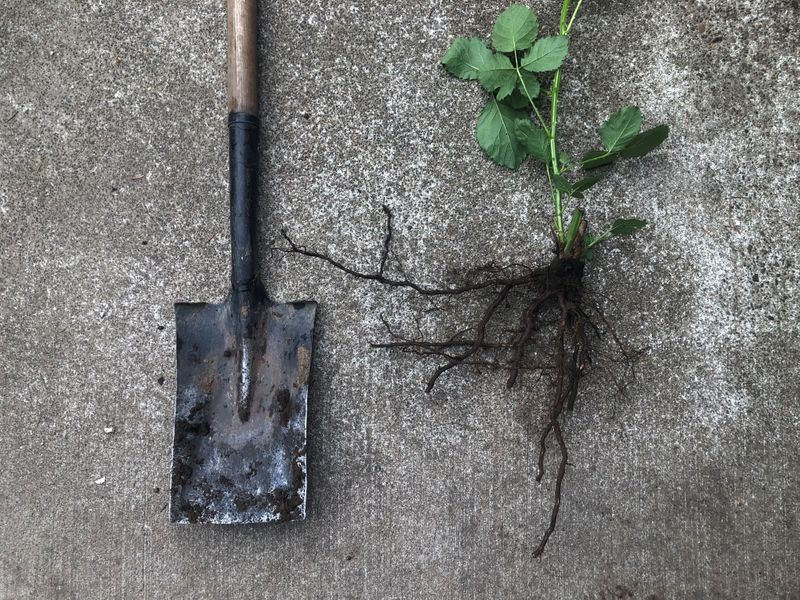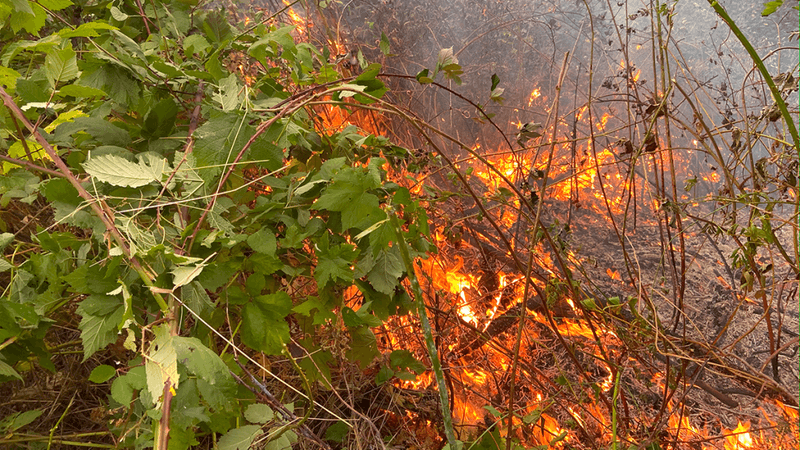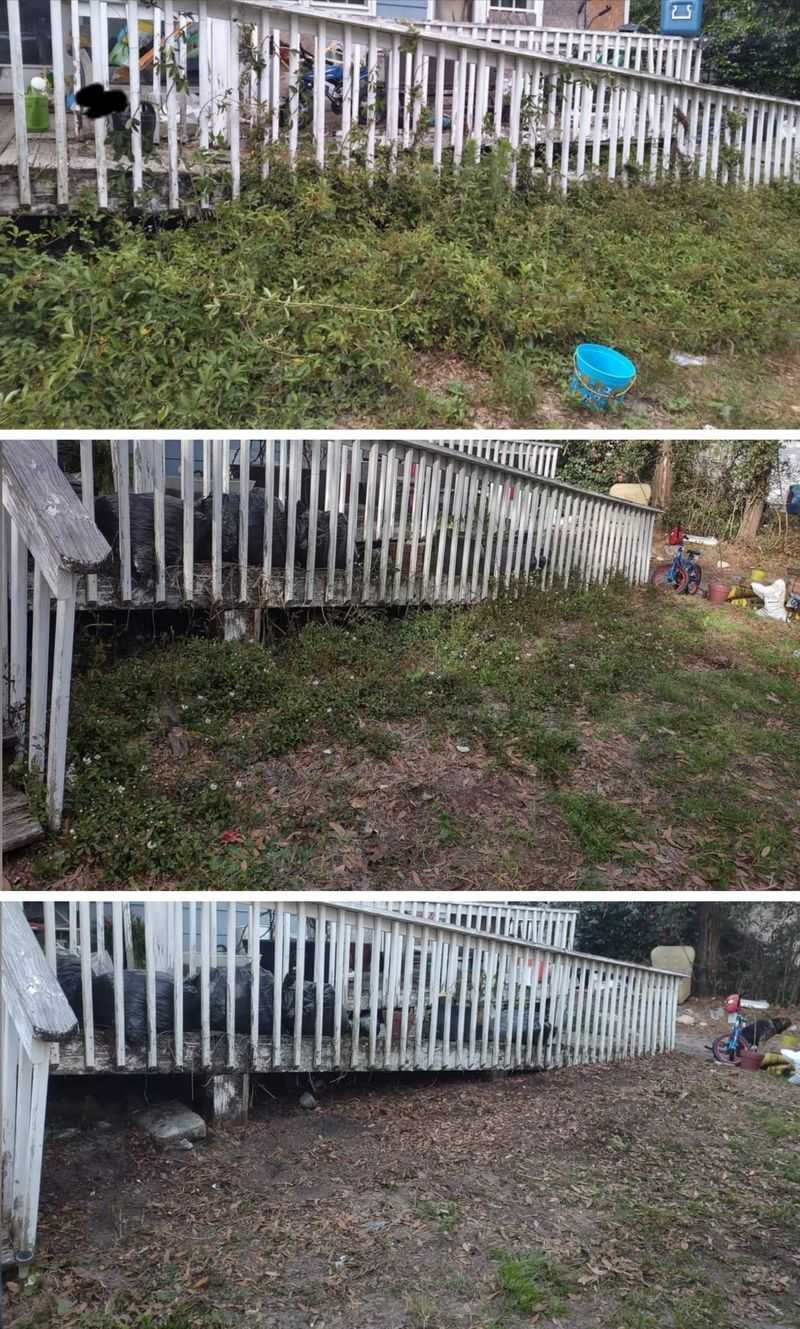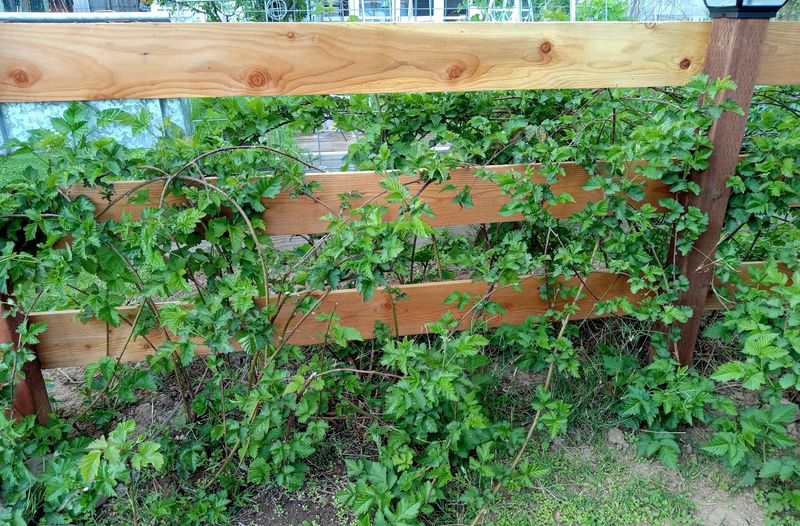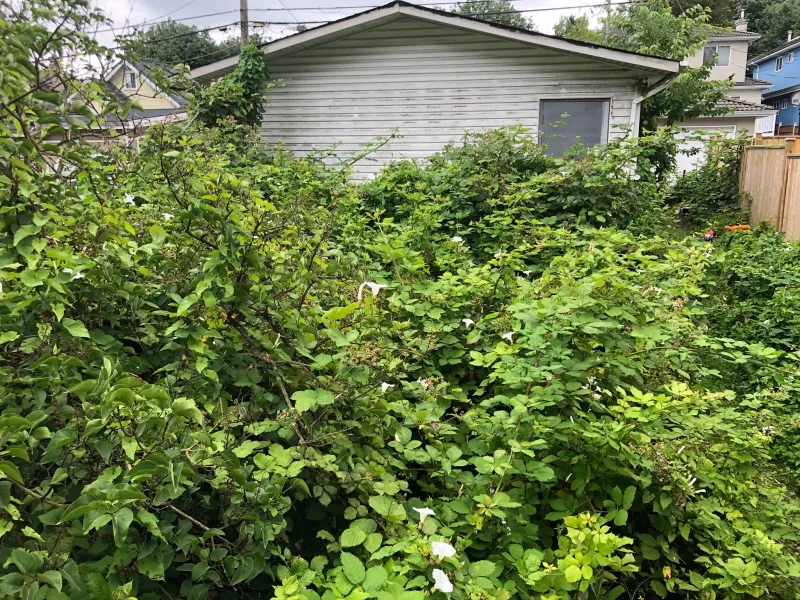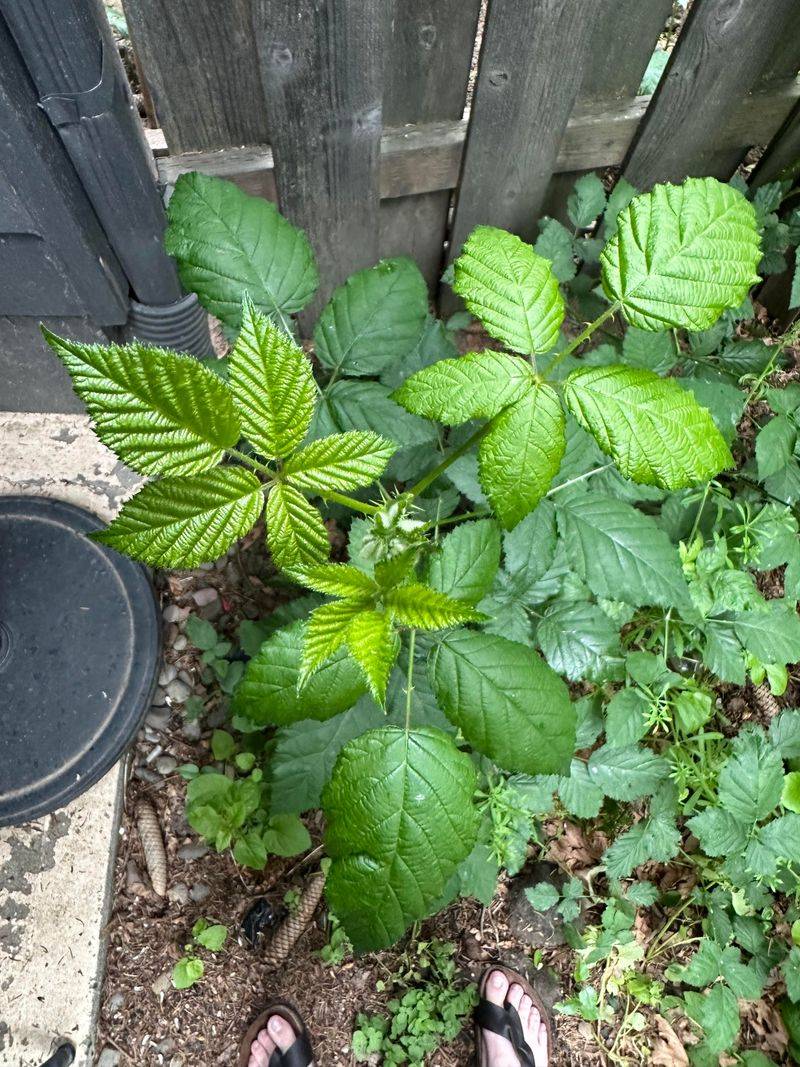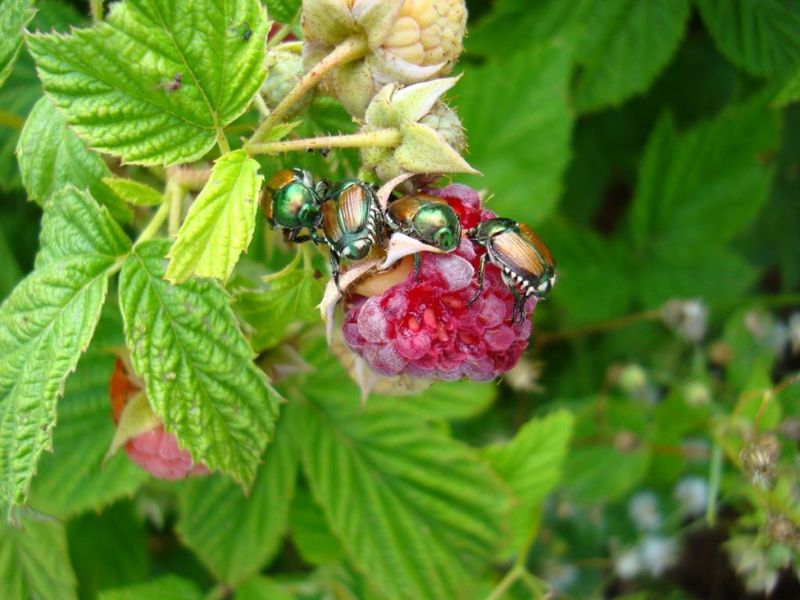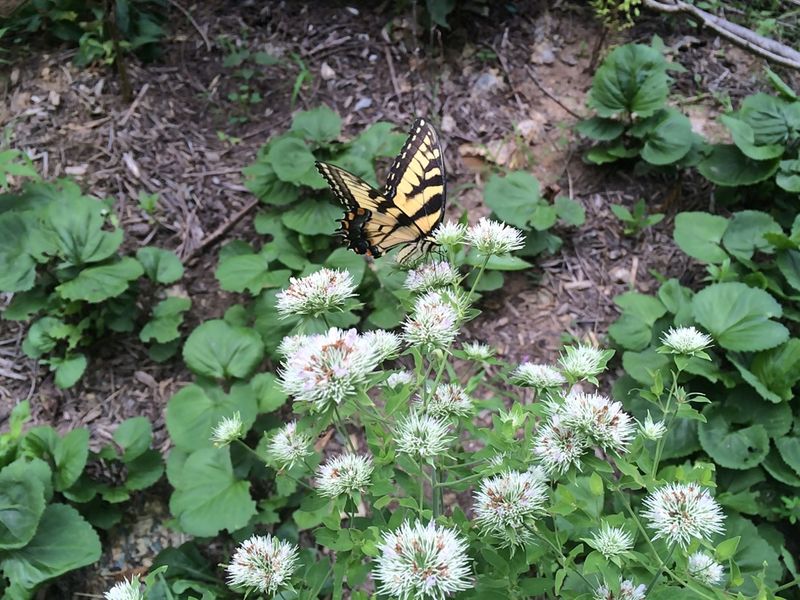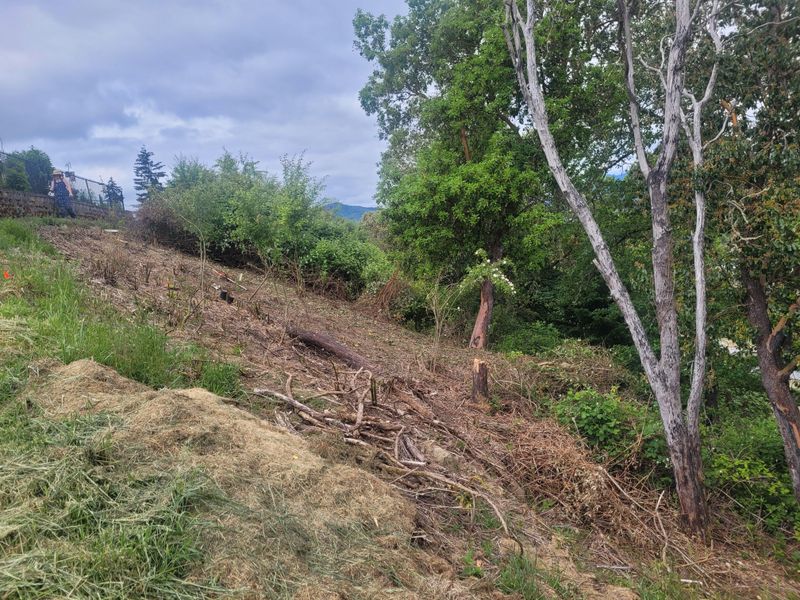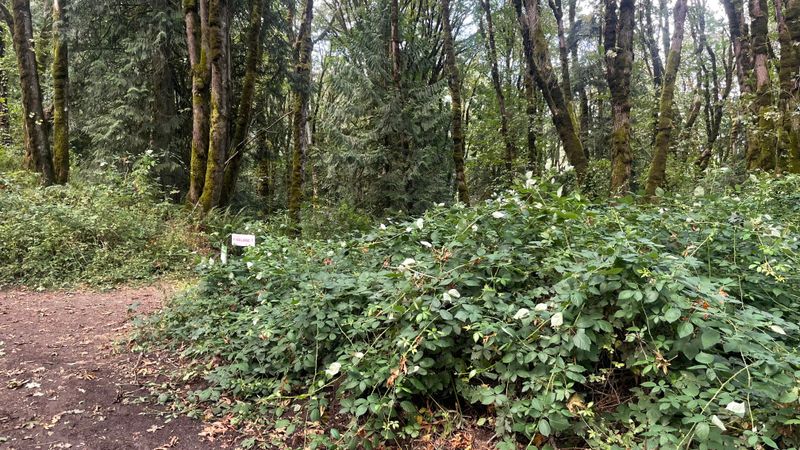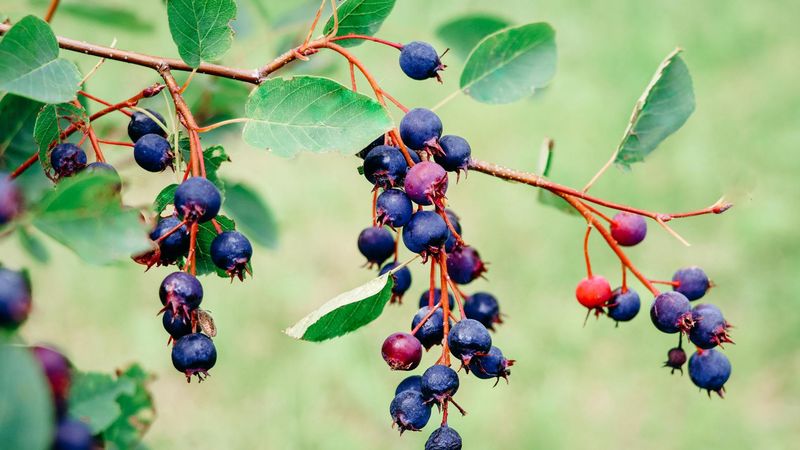They may look sweet and harmless, but invasive blackberries can quickly turn your garden into a thorny nightmare. Beneath those juicy berries lies an aggressive grower that spreads fast, strangles native plants, and is nearly impossible to remove once it takes hold.
Before you plant, get familiar with these 16 risks every gardener should know—and why caution is key when dealing with this brambly invader.
1. Rapid Spread Takes Over Gardens
One day you have a small blackberry patch, the next it’s everywhere! Invasive blackberries reproduce through seeds, root fragments, and stem tips that touch the ground. Birds eat the berries and spread seeds far and wide.
Underground rhizomes can extend several feet from the parent plant, sprouting new canes where you least expect them. Before you know it, your carefully planned garden becomes a blackberry jungle that’s nearly impossible to reclaim without serious effort.
2. Vicious Thorns Cause Painful Injuries
Anyone who’s tangled with wild blackberries knows the pain all too well. The curved, sharp thorns easily pierce through gardening gloves and clothing, leaving scratches that can become infected if not properly cleaned.
Children playing nearby are especially vulnerable to these painful encounters. The thorns can even cause eye injuries if branches spring back unexpectedly during pruning. Removing them often results in a collection of wounds that serve as reminders of your battle.
3. Native Plant Destruction
Beneath those sweet berries lies an ecological bully. Invasive blackberries form dense thickets that block sunlight from reaching native plants below, effectively choking them out of existence. Their aggressive root systems compete for water and nutrients, leaving little for native species to survive on.
Over time, diverse plant communities transform into blackberry monocultures. This loss of plant diversity affects everything from soil health to the insects and wildlife that depend on native plants.
4. Creates Wildlife Habitat Problems
While blackberry patches provide some shelter for certain animals, they actually create serious ecological imbalances. The dense thickets block movement corridors for larger wildlife and alter natural habitat structures that native species depend on.
Many native birds and mammals evolved alongside specific native plants that provide better nutritional value than blackberries. When these plants disappear, wildlife suffers. The thickets also create perfect hiding spots for invasive animal species like rats, further disrupting the ecosystem balance.
5. Nearly Impossible to Fully Remove
Deciding you’ve had enough of your blackberry patch? Good luck! Their extensive root systems can reach depths of 10 feet or more, making complete removal extraordinarily difficult without heavy equipment. Cut canes simply regrow with renewed vigor.
Even tiny root fragments left in soil will sprout new plants. Many gardeners fight multi-year battles against resprouting blackberries, using combinations of digging, cutting, herbicides, and persistent monitoring just to keep them somewhat controlled.
6. Increases Fire Hazards
During dry seasons, those lush blackberry patches transform into serious fire hazards. The thickets create perfect ladder fuels – vegetation that allows ground fires to climb into tree canopies, making wildfires more intense and dangerous.
Dead canes and leaves trapped within the thickets dry out quickly and become highly flammable. For homes in wildfire-prone areas, blackberry patches near structures significantly increase risk. Fire departments often recommend their removal as part of defensible space creation around homes.
7. Blocks Access to Waterways
Blackberries love growing along streams and rivers, creating impenetrable barriers that block access to water for both people and wildlife. Fishing spots, swimming holes, and boat launches can become completely unusable as thorny canes arch over banks.
The dense growth also prevents maintenance crews from accessing waterways for flood control and habitat restoration work. In agricultural areas, blackberry-choked irrigation ditches can’t function properly, causing water management problems that affect crop production and increase flooding risks.
8. Damages Fences and Structures
Those innocent-looking blackberry canes pack surprising strength as they grow. They’ll climb right up fences, pulling them down over time with their weight and persistent pressure. Blackberries also infiltrate small cracks in foundations, siding, and concrete, gradually widening them as they grow.
The damage isn’t immediate but accumulates year after year. Homeowners often discover too late that blackberry roots have compromised retaining walls or crept under sheds, causing structural issues.
9. Requires Constant Maintenance
Forget the dream of plant-it-and-forget-it berries. Invasive blackberries demand constant attention to prevent them from becoming a nightmare. Regular pruning, digging, and boundary maintenance become never-ending chores.
Even cultivated varieties can escape their designated areas if not vigilantly monitored. Many gardeners find themselves spending more time fighting blackberry spread than enjoying the fruits of their labor. What started as a simple berry patch becomes a time-consuming battle that takes away from other garden activities.
10. Reduces Property Value
Real estate agents cringe when they see invasive blackberry thickets on properties. Potential buyers recognize them as red flags signaling years of difficult yard work ahead. Overgrown blackberry patches make properties look neglected and poorly maintained.
The cost of professional removal can run into thousands of dollars for severely infested areas. Some municipalities even issue citations for allowing invasive blackberries to spread, creating additional financial burdens for property owners.
11. Creates Neighborhood Conflicts
Nothing sparks tension between neighbors like invasive plants crossing property lines. Your carefully tended blackberry patch can quickly become your neighbor’s thorny nightmare as birds drop seeds and underground runners invade adjacent yards.
Many communities have experienced heated disputes over responsibility for blackberry removal costs. Some areas have even enacted local ordinances specifically targeting invasive blackberry control, with fines for non-compliance. What started as a harmless garden addition can sour neighborhood relationships for years.
12. Harbors Agricultural Pests
Wild blackberry patches serve as year-round homes for numerous agricultural pests and diseases. Insects like spotted wing drosophila, which devastate berry crops, overwinter in blackberry thickets before attacking cultivated fruits. Plant diseases including rust, anthracnose, and various viral infections persist in wild blackberries, then spread to nearby crops.
For rural properties near farms, allowing invasive blackberries to flourish can damage agricultural livelihoods. Even home gardeners find their vegetable patches affected by pests harbored in nearby blackberry growth.
13. Alters Soil Chemistry
Beneath the surface, blackberries wage chemical warfare against competing plants. Their roots release compounds that inhibit the growth of other species, a process called allelopathy. Over time, this changes soil composition and microbial communities, making it harder for other plants to grow even after blackberries are removed.
The dense growth also prevents leaf litter from other plants from reaching the soil, disrupting normal decomposition cycles. These changes can persist for years, affecting future gardening efforts.
14. Expensive Control Methods
Fighting established blackberry infestations hits your wallet hard. Professional removal services often charge thousands of dollars, with no guarantees against regrowth. DIY approaches require repeated herbicide applications, specialized equipment, and protective gear to avoid injury.
Many gardeners cycle through increasingly expensive control methods as cheaper options fail. The financial burden continues for years as monitoring and follow-up treatments remain necessary to prevent reinfestation.
15. Legal Restrictions in Some Areas
Surprised to learn growing certain blackberry species might be illegal where you live? Many regions now classify invasive blackberry varieties as noxious weeds, with laws requiring their control or prohibiting their planting. Violations can result in fines or mandatory removal orders.
Some states require permits for growing even non-invasive blackberry varieties due to concerns about cross-pollination with wild populations. Before planting, smart gardeners check local regulations to avoid legal headaches and potential penalties.
16. Better Alternatives Exist
Why fight a losing battle with invasive blackberries when better options exist? Native berry plants provide similar harvests without the aggressive spread and environmental damage. Cultivated thornless blackberry varieties offer easier harvesting with contained growth habits.
Plants like serviceberry, thimbleberry, and native raspberries provide delicious fruits while supporting local ecosystems. These alternatives require less maintenance, cause fewer problems, and still satisfy berry cravings without the invasive downsides.

